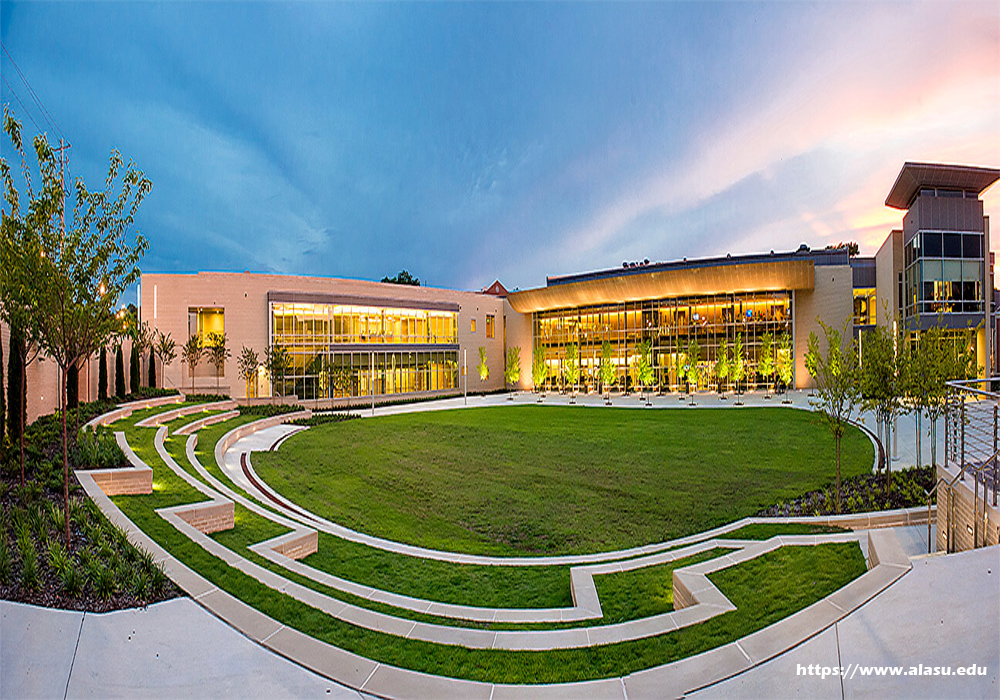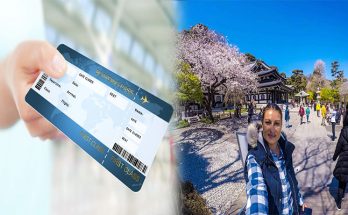Montgomery, capital city of Alabama, is now focused on the present and looking forward to the future. Until recently, the city, more than some, had been held back by tumultuous past events from as far back as 150 years ago that handicapped its growth and stability:
1. The Civil War, fought to retain slavery, resulted in a ravaged economy of Montgomery and the entire South, along with the end of slavery.
2. Racial segregation and, in the 1950s and 60s, bombings and armed conflicts that resulted in its overthrow, despite vows to retain it forever.
Now, Montgomery has resolved these problems to as great a degree as the rest of the U.S. As a travel writer and IFWTWA member, I participated in the 2009 Montgomery site for the annual Travel Media Showcase. I very much enjoyed my stay in the city and touring many of its historical and culinary offerings.
Over two evenings, my wife and I toured a section of restored downtown buildings that feature, centered in a form of alley, several interesting, fairly new restaurants. One night, we ate barbecue offerings at Dreamland, while another night, we had an Italian dinner of pasta and veal.
For tours, we visited several sites closely tied to struggles that eventually succeeded in ending racial segregation:
1. The museum and restored bus where Rosa Parks challenged segregated seating in public transportation, which eventually led to the Supreme Court decision that overthrew all bus segregation.
2. The home of Dr. Martin Luther King, that survived a bombing in the 50s and the church where he served as senior pastor.
3. The bus depot, where a group of “Freedom Riders”, aiming to challenge racial segregation in bus terminals, were attacked in 1961.
4. The State Capitol building, where King delivered a key speech after a civil rights march.
We toured several historical sites connected to slavery and the Confederacy during the Civil War:
1. Court Square fountain, built in 1885, over the site of the city’s slave trading pen.
2. The same State Capitol that served briefly as the Confederate capital building and the location outside where Jefferson Davis took his oath as Confederate President.
3. The Confederate White House and presidential residence during the same period.
Several of our TMS group were impressed by visiting the Hyundai automobile plant, which demonstrated present day robotic technical prowess and “Just in Time (JIT) inventory controls of the Korean/U.S. manufacturer.
Tuesday evening, we participated in the opening Travel Media Showcase dinner at the city’s Museum of Fine Arts. I was struck by several of its paintings, especially “Mother and Toddler” by Gary Chapman in the area used for receptions and banquets.
I was made aware of several other notable sites that, due to time constraints, I did not visit:
1. Alabama Shakespeare Festival Theater, one of the ten largest theaters in the world devoted to Shakespearean productions.
2. Hank Williams Museum, covering the life and music of the popular country music star.
3. Riverboat cruises on the new Harriott II, navigating the Alabama River.
4. Civil Rights Memorial & Center, which honors the memory of those who died during the struggle to end racial segregation.
In summary, Montgomery has much to offer, in terms of both focusing on historical events and on today. With about 200,000 population in the city proper and about 500,000 population in the Montgomery area, this location is well worth visiting.
Check out for more information.





